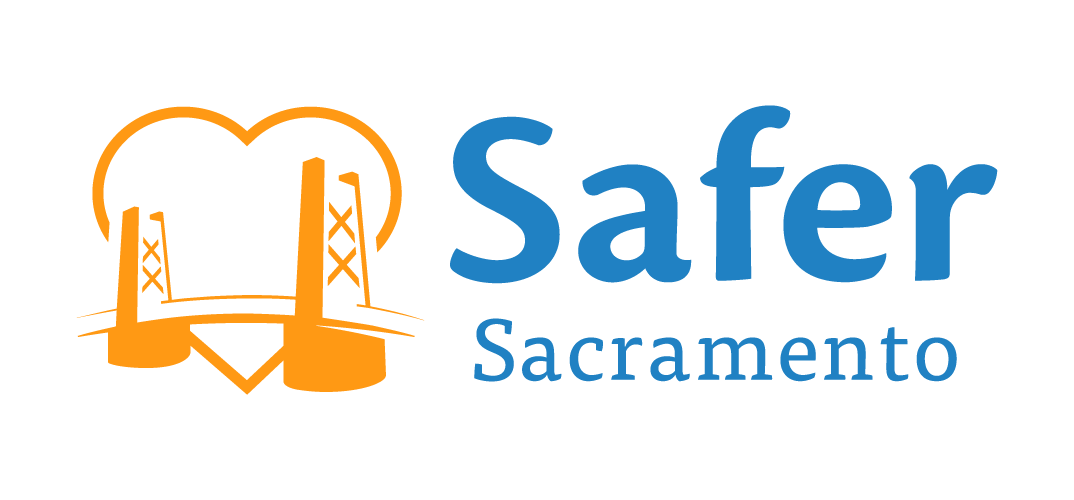Harm Reduction: A Compassionate Approach to Addressing Substance Misuse
Compassion, education, community. These are key components of harm reduction, an evidence-based approach aimed at empowering people who misuse drugs to live healthier lives. Understanding the human experience and meeting people where they are is the central focus of harm-reduction programs and can be transformative for individuals, their families, and their communities.
The Urgency of Harm Reduction
As we navigate the terrain of substance misuse, statistics reveal a pressing need for a paradigm shift. According to the CDC, rates of overdose-related fatalities have surged in recent years. This alarming trend underscores the urgency of adopting strategies that prioritize not only treatment but also harm reduction.
Understanding Harm Reduction
At its core, harm reduction is a philosophy grounded in empathy and pragmatism. It acknowledges that complete abstinence may not be an immediate or realistic goal for everyone struggling with substance misuse. Instead, harm reduction seeks to minimize the adverse consequences associated with substance use, fostering a non-judgmental and supportive environment. Understanding that harm reduction may look different depending on a community’s unique needs is vital; there is no one-size-fits-all harm reduction roadmap, and every community’s program may look different. There are, however, common elements:
1. Needle Exchange Programs: These initiatives have proven effective in reducing the transmission of blood-borne infections among people who inject drugs. According to the CDC, Syringe Services Programs (SSPs) are associated with an estimated 50% reduction in HIV and hepatitis C virus rates. By providing sterile needles and promoting safe disposal practices, these programs mitigate health risks and serve as bridges to healthcare services and support. SSPs often provide onsite vaccination and testing services.
2. Overdose Prevention: Programs that include widespread distribution of naloxone – a medication that can reverse opioid overdoses – have shown remarkable success in preventing fatalities. Research shows a 14-23% reduction in opioid-related overdose deaths due to naloxone administration, emphasizing the life-preserving potential of harm reduction measures. Additionally, many of these sites offer wound care, referrals for medical and mental health care, safer injection education, as well as housing and food resources.
3. Safe Consumption Spaces: In some communities, safe consumption spaces have emerged as beacons of harm reduction. These supervised facilities provide a controlled
environment for individuals to use substances safely, with access to medical supervision, if needed. Evidence-based data highlight the positive impact of such spaces, including reduced overdose deaths, fewer ambulance calls, lower rate of HIV infection, and increased engagement with healthcare services.
4. Addressing Stigma: Harm reduction extends beyond tangible intervention – it's a philosophy that challenges the stigma surrounding substance misuse. Studies confirm that this stigma can be a barrier for people, preventing them from seeking help and utilizing community resources and healthcare services. By fostering understanding and compassion, harm reduction initiatives aim to create spaces where individuals feel empowered to seek help without fear of judgment or alienation.
Conclusion
Harm reduction is not a singular strategy but a comprehensive approach that acknowledges the interconnectedness of various factors influencing substance misuse. Accessible healthcare, mental health support, and community engagement are integral components that complement harm reduction efforts, contributing to a holistic and sustainable impact. As we navigate the path ahead, let us embrace a paradigm that prioritizes understanding, support, and the shared pursuit of well-being.
